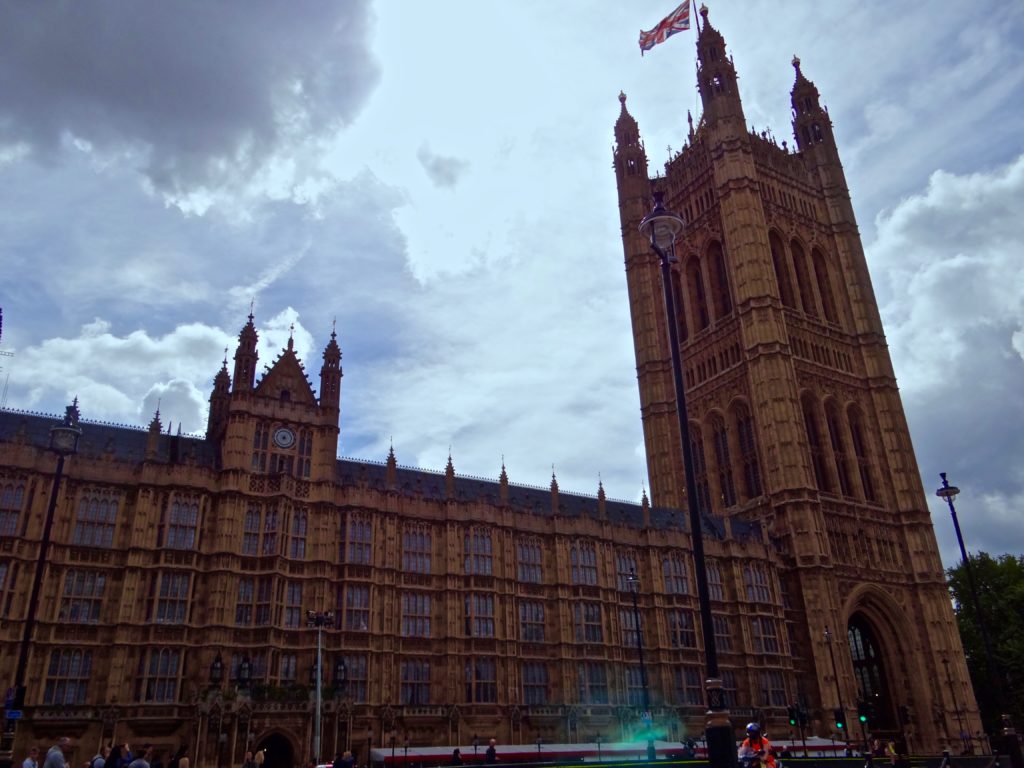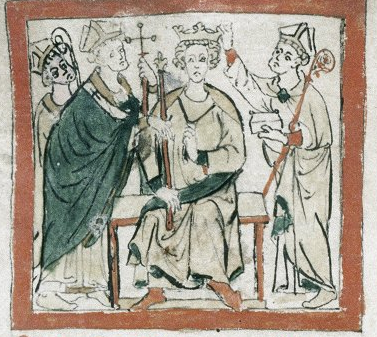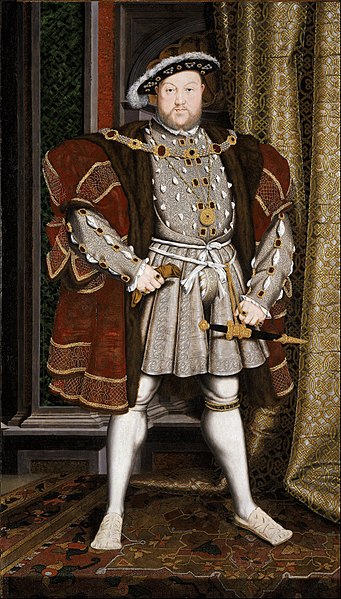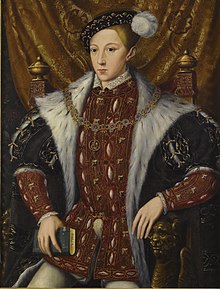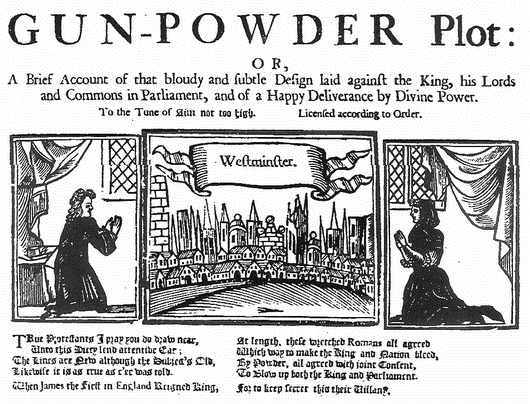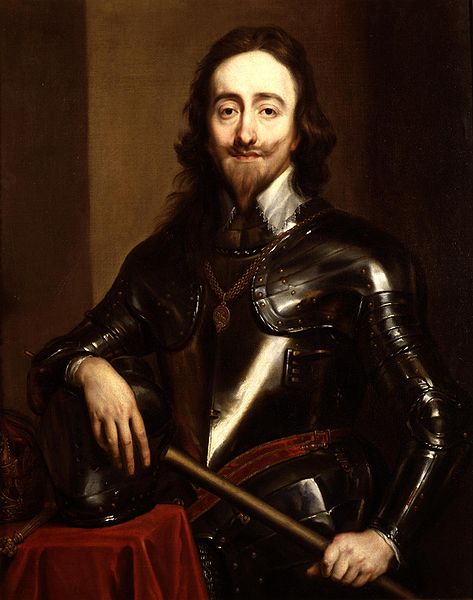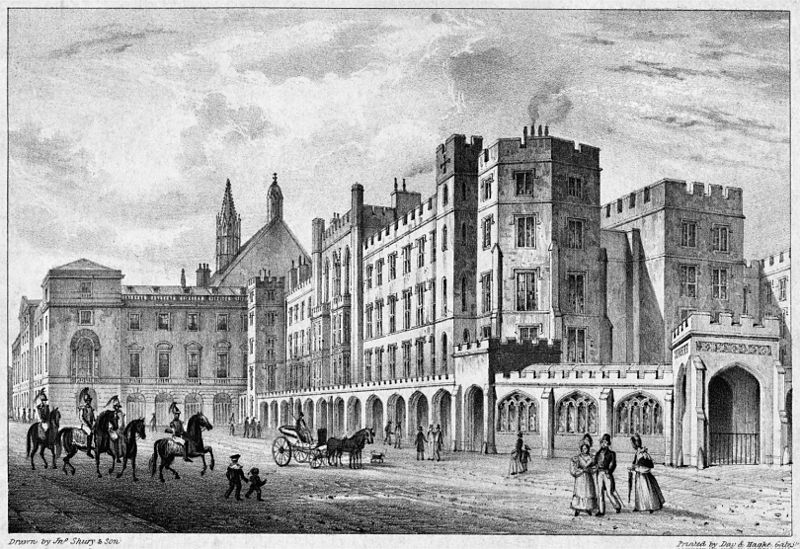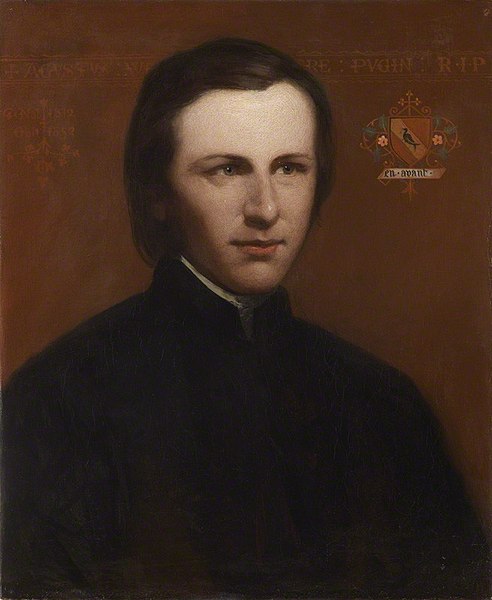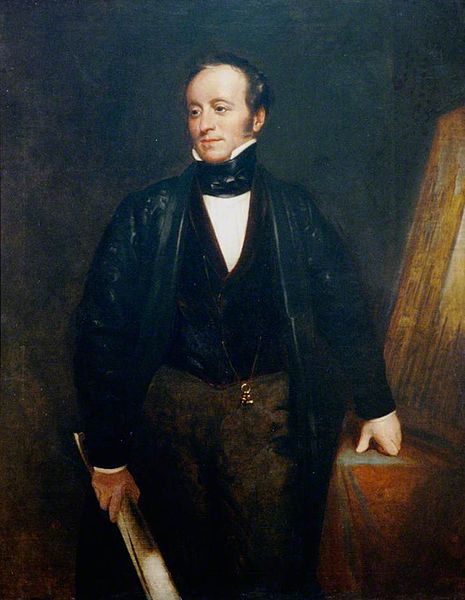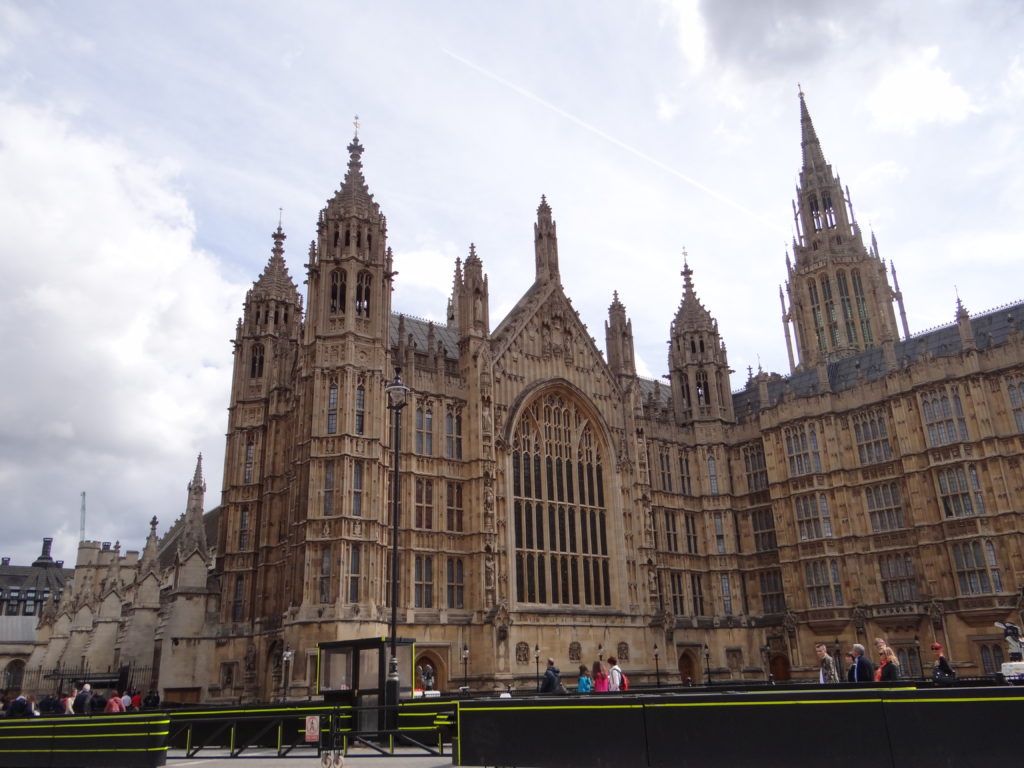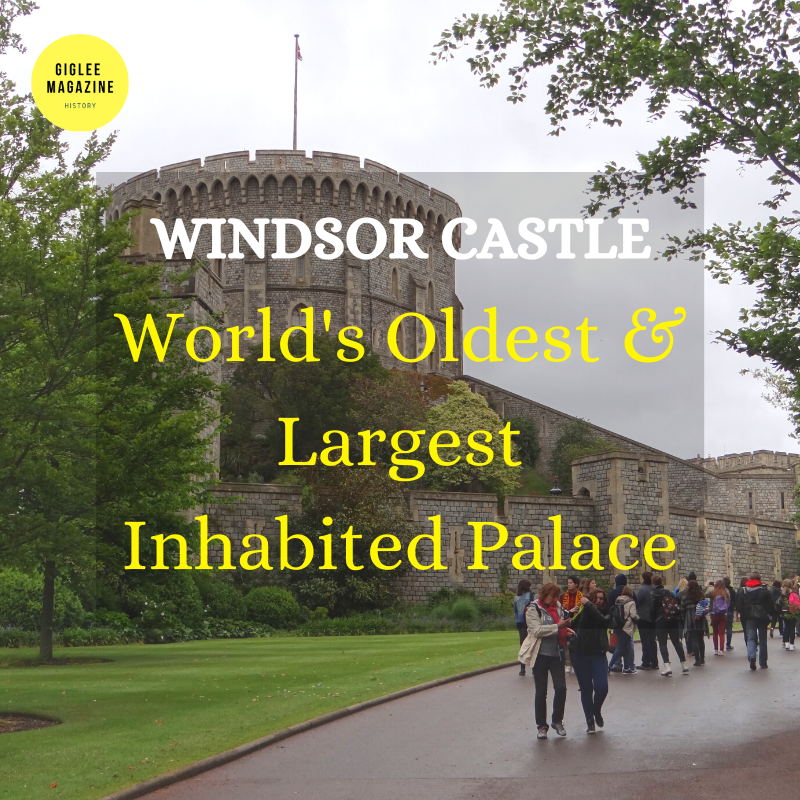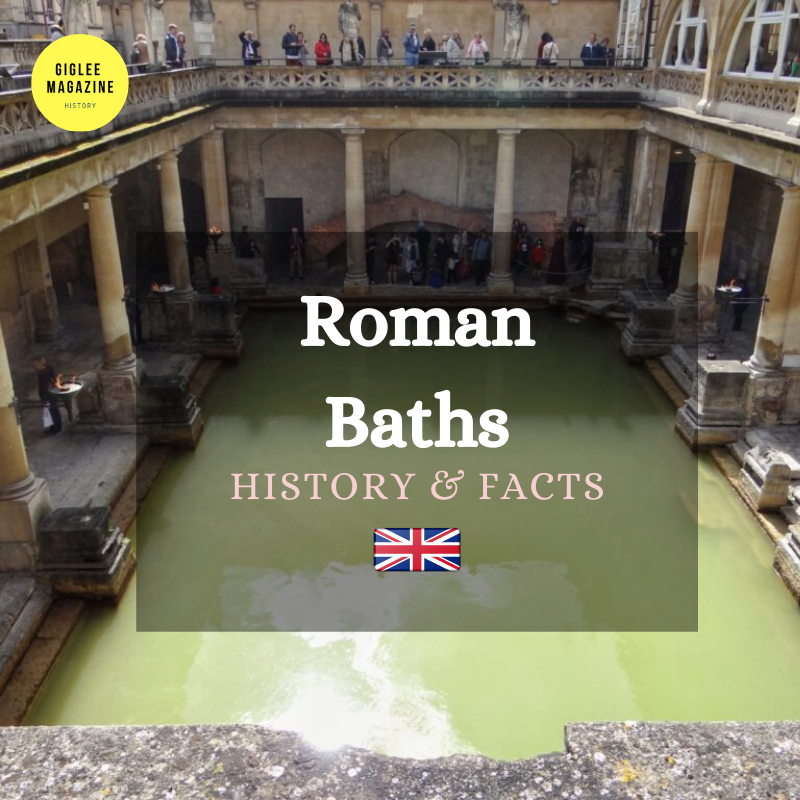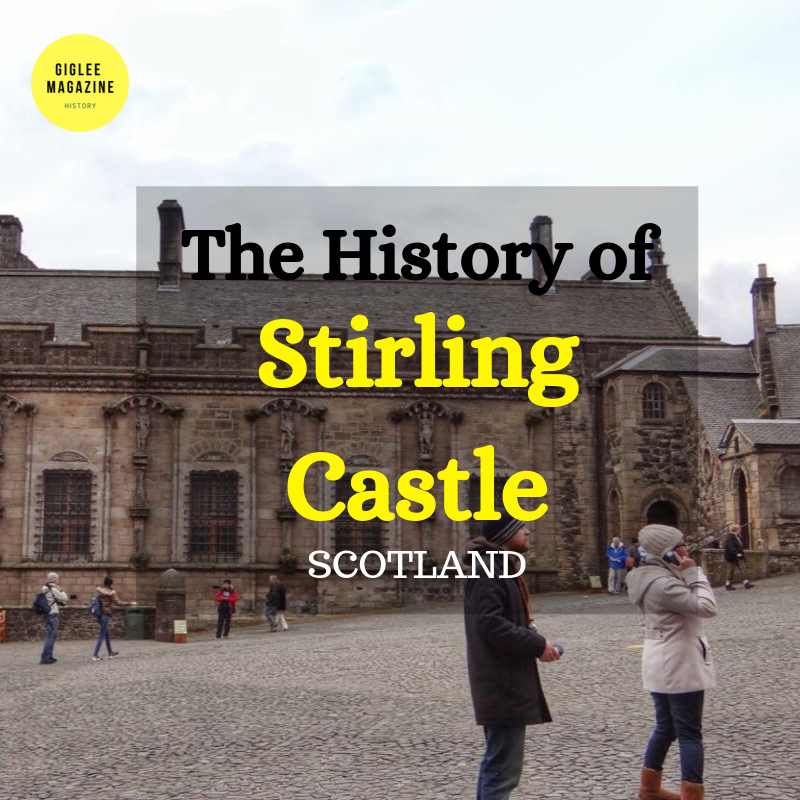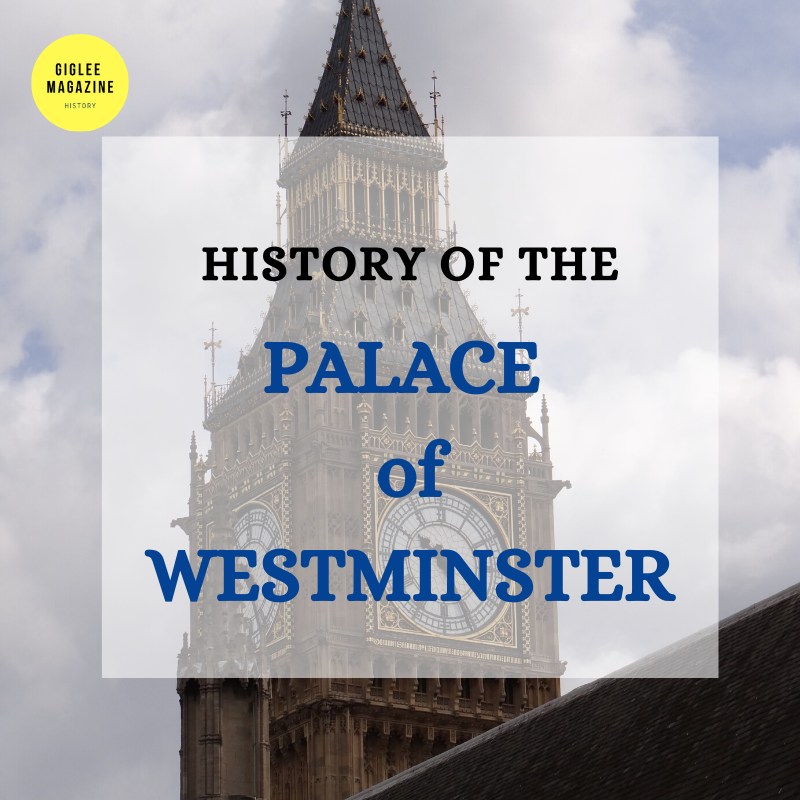
History of the Palace of Westminster
A Former Royal Palace: The Palace of Westminster
The Palace of Westminster houses the British Parliament where the current Brexit drama is at its climax. Let us explore the history of this intriguing Palace
Watch This
Listen to This
The ‘Big Ben’ as we like to call the Elizabeth Tower is synonymous with the city of London. London’s red buses, black cabs and history has held my fancy since I was a child. Visiting Britain was a dream I held for so many years. When we finally did visit Scotland and Northern England it was as if my eyes had forgotten to blink!
When we came to London and stepped out into the pleasant jetty at Westminster, seeing the London Eye, a humongous wheel, was like watching the BBC. So when I turned around and saw the Elizabeth Tower with its clock, I am sure I gasped. It finally hit home: I was in London!
It was icing on the cake that we could visit the Houses of Parliament, the Big Ben belongs to. The British Houses of Parliament sit in the Palace of Westminster, which is another iconic structure on the banks of Thames.
This Palace has seen a lot of history unfold within and around it. It was here that women came to demand for their right to vote and it is here the current Brexit tussle unfolds.
To uncover what makes this palace tick, we must look into its history.
Origins of Westminster
The beginnings of Westminster are a bit hazy. This area was treaded upon by ancient Romans and later by the Anglo-Saxons who came from the continent across the Channel.
Some legends tell tales of a temple dedicated to the Roman God Apollo that might have stood on the banks of the River Thames.
If we’d step back to these early centuries, we wouldn’t recognise this area. Not only since there weren’t any roads or the ‘Big Ben’ to guide us but also because the bank of the River Thames was not a solid mass of land.
Right up to the 8th century this small piece of land was divided by a tributary of the Thames, River Tyburn. The River Thames which snakes across the bustling city of London even today was much shallower and wider back then.
A Saxon Church stood on its banks on the western end dedicated to St Peter. The locals called this church the ‘West Minister.’ The St Paul’s Cathedral was known as the ‘East Minister.’ The play of Chinese Whispers thus introduced us to Westminster.
The Earliest Palace of Westminster
The Danish King Cnut chanced upon this cut up river bank in the 11th century. He came in possession of the Thorney Islands. Thorney in Anglo Saxon meant Thorn Island.
King Cnut built a few buildings on this marshy island. He established the first Palace of Westminster in 1035.
As one of the last Anglo-Saxon Kings, Saint Edward the Confessor decided to build an Abbey in Westminster like the Saxon Church which had stood before it. He didn’t just leave the work to his men. The King kept a close eye on them.
Edward the Confessor built a Palace where he could live. This Palace was opposite to the Abbey. The Abbey and the Palace were connected by the Old Palace Yard. This Yard was a garden and a peaceful place to meditate.
Saint Edward was buried in his Abbey. With the dusk of his reign, Westminster rose to a new Age.
The Norman Kings of England
William the Conqueror, also considered to be the first King of England came to Westminster. He was originally from Normandy in France. The new King wanted to assert his authority over this newly conquered land.
As an assurance of continuity, William adopted the Palace of Westminster as his home and prayed in the Abbey.
His son William II constructed the Westminster Hall in 1097. This Westminster Hall is the oldest surviving part of the Palace today. It survives, despite the plethora of fires, in more or less its original form. Do bear in mind the Hall is 1000 years old and has a few newer fittings to keep it sturdy.
This Hall was the largest of its kind and used for feasting and celebrating. It took them two years to build it.
Walking under this old timber roof is pretty intimidating. You can feel the history oozing out of every timber beam, crevice and tile.
The Westminster Hall is a brief glimpse into how regal this old Westminster Palace might have been.
As the English Monarchs began adding to the grandeur of the Palace, they settled here for long lengths of time.
Previously the Kings would be on the move, either away on war or traversing their land.
Government offices began moving in to the Palace of Westminster from the capital city of Winchester. A second treasury was built at Westminster Palace to store the Royal Treasure during King Henry II’s reign (1154-1180).
When his flawed son, King John was made to except the Magna Carta, Westminster received more limelight. According to the Charter, a Court of Common Pleas had to be set up in a single location instead of the one that travelled along with the King.
The Court of Common Pleas was set up in the Palace. Thus the Court as well as the Exchequer were now in Westminster.
A Royal Palace
Ultimately in 1295, the Royal Throne was set up. This Throne gave a perception that the King would be in the Palace more often.
The Administration office that looked after the Crown also moved next door to the King in 1310.
Imagine what the Palace might have looked like. People bustling along the corridors of the King’s house. Someone once remarked how a city lived within the walls of Westminster Palace. A city that produced nothing and only looked after the King!
Even though King John was vile, his son might have patched up some of the damage. Henry III often gave alms to the poor and needy. He gave meals to children in the Queen’s Chamber as well as fed the old and sick in Westminster Hall or the Painted Chamber.
And thus life continued as busy as ever within the Palace walls.
Edward I was born and died, Henry VI was crowned as an infant and the history altering death of Edward IV took place here.
Edward IV’s death led England to its last Plantagenet King Richard III who lost his crown to the Tudors.
Following a devastating fire in the Palace, the Tudor King Henry VIII moved out to the Archbishop’s place in Whitehall somewhere in 1512. He would be the last Monarch to call Palace of Westminster home.
No Longer a Royal Palace
Since the King no longer lived here, the Houses of Lords and Commons could now move into the Palace. Henry VIII’s son Edward VI ordered the House of Commons to meet in the Palace’s St Stephen’s Chapel instead of the Chapter House at Westminster Abbey.
This was a historic move that shaped the structure of the House of Commons.
The Chapel where the Commons sat had two choirs on either sides. Thus the party had to divide themselves in two. Even today, the House of Commons is bifurcated into two parties which sit opposite one another like they did back in the 16th century! Isn’t that a deep rooted heritage?
The Gunpowder Plot
The most famous story associated with the Palace of Westminster is the Gunpowder Plot. This legend is remembered across the UK on the 5th of November as people light up bonfires on Guy Fawkes Night. How and when this tradition started is a story in itself. You might think Fawkes was a well respected hero of some sort. He wasn’t and definitely not someone to take inspiration from.
Guy Fawkes was a Catholic, displeased with his Protestant Monarch James VI of Scotland and James I of England’s inability to adhere to a treaty that gave Catholics a better right in the country.
Along with a few other Catholic associates, Fawkes planned to blow up, both the Houses of the Parliament and the King. Such an occasion could only arise when the Monarch was in the Palace, during the year’s State Opening of Parliament.
The ceremony was to take place on the 5th of November 1605.
The plan could now be put in action. Fawkes and his associates first tried to rent out a plot in the Old Palace Yard and drill a tunnel. When this didn’t work, they rented out a cellar right beneath the Palace.
The rebels were ready to blow up the Parliament and their King.
On the dark night of 4th November 1605 Fawkes sat in the cellar adding in the final touches to the sacks of gunpowder. Just when everything seemed to be going dandy, Fawkes was intercepted and caught! A leech had tipped the authorities off. The gunpowder was ceased, Fawkes arrested and the Parliament saved.
The King Enters Parliament!
Drama never left the Palace of Westminster rather it thrived here. King Charles I, despite legal rules, entered the House of Commons. The Commons sat in the chapel.
On the 4th of January 1642, the King along with his guards entered the St Stephens Chapel. He was rude to the Speaker of the House and attempted to arrest 5 members.
This was outrageous. The Commons were independent from the Monarchy. This act led to a major Civil War and left Charles I without his head (literally), and Britain without a King for almost a decade.
If you’ve seen the State Opening of Parliament, the Queen doesn’t enter the House of Commons. She gives her speech in the House of Lords where she orders the members of the House of Commons to assemble along with the Lords.
Expanding the Houses
Britain didn’t really like life without a monarch and called the Royal family back. Under the Restoration of the English Monarchy in 1660, Charles II (son of Charles I) was reinstated as King of England, Scotland and Ireland.
By 1692, the Palace was in need of restoration. The best of the best, Sir Christopher Wren (yeah the man who constructed St Paul’s Cathedral) added in a wooden frame on the old roof to make the acoustics better. He also redid the wall panels and other galleries.
When the Parliaments of England and Scotland united in 1707, Wren had to solve the puzzle of accommodating 45 new MPs in an already crowded house.
In 1799, the Palace received another facelift with Gothic details added in by James Wyatt.
Wyatt also redesigned the House of Lords and moved them out from the Queen’s Chamber into the Lesser Hall in 1801.
No one could have predicted that this historic Palace would soon hiss and groan with fierce burning flames.
Fire at Westminster Palace!
On the 16th of October, 1834 the Exchequer had to dispose off wooden tally sticks. These two cart-loads of tally sticks had been used for accounting according to the medieval system. These sticks must have harried the exchequer more than an incomplete Balance Sheet irritates students!
The staff came up with the ingenious idea of burning these wooden sticks in the Palace’s two underfloor stoves. Who could have guessed the wooden floors, the timber skeleton and the tapestries would catch fire?
The Palace went up in flames as passers-by gasped. It burnt to the ground along with the rich history that had lived within it. All that remained was St Mary’s Undercroft, the cloisters of St Stephens and the Westminster Hall.
Rebuilding the Houses of Parliament
In 1835 a commission was set up which decided that the Houses of Parliament had to be rebuilt.
They set up a competition where the architects had to submit a design for the new palace. The design had to incorporate the old parts that still stood and be either Elizabethan or Gothic in style. The latest fashion of Neo-Classical architecture like that of the White House symbolised Republicanism. And Britain is not a republic.
The entry submitted by Charles Barry was approved and his wife laid the foundation stone on the 27 August 1840.
This project was to take only 6 years and cost about £724,986. In reality, the construction took more than 30 years and cost almost £2 million!
This new Palace of Westminster was much bigger than the previous one. Adjacent plots of land were taken over. A few neighbours grumbled but gave in for the greater good. The River Thames was pushed further away and land reclaimed.
Charles Barry was not competent in Gothic architecture. He was aided by the young Augustus Welby Pugin.
Even though Pugin laid down the details, Charles Barry is attributed as the architect behind the Houses of Parliament. Barry also received a knighthood and unfortunately died before the Palace was completed. As for Pugin, he spent his last years at Bedlam, a facility for people not right in the head.
The Palace was completed by Barry’s son Edward. The Commons moved into their chamber in 1847 and the Lords into theirs in 1852.
The new Palace of Westminster with its sand-coloured limestone mined from Anston Quarry in Yorkshire glittered, sitting on the River bank.
The World War Strikes
Like many other buildings in the World War, the Houses of Parliament were struck by multiple bombs causing damage to the structure.
The Houses had moved away from the Parliament and as we know, Winston Churchill orchestrated the ongoings from his underground bunker.
Incendiary bombs, the ones that set a place on fire, dropped on the Palace of Westminster on the nights of 10th and 11th May 1941. The roof of Westminster Hall as well as the Commons Chamber lit up. It was decided to save the historic Westminster Hall. The Commons Chamber burnt down and lay in ruins by the next morning.
A small bomb shattered the glass on the clock tower.
Post the Second World War, Churchill encouraged his ministers to support the restoration. Despite the limited finances, the Palace of Westminster had to be redone for the Houses to move in. Help came from all across the Commonwealth in the form of furniture, fittings and other resources!
You can say the Palace of Westminster was truly made by its Commonwealth.
The House of Lords returned in 1951 and has since then along with the House of Commons played a vital role in British politics.
The Parliament has also undergone major restoration and repair works since the 1950s. Recently the Elizabeth Tower, home to the Big Ben bell, was covered up for cleaning.
It is honestly a pleasing sight to see that this historic Palace is taken care of. There are countless stories that have woven themselves here, along with so many important arguments fired back and forth.
Would you like to read more articles like this in the future? You can sign up for the weekly email here
Think the History of the Houses of Parliament is cool? Check these Palaces out:
The History of the Palace of Versailles in France
NOTE: The Bibliography for this post is missing. Please help us credit the sources that deserve it. If you believe your work, or a work you know of needs to be cited here, please write to editor@giglee.in to inform us. DISCLAIMER: The intention of this article is not to hurt anyone's sentiments. The thoughts expressed in the article are purely those stated by the author of the work. The information provided on this website may not be complete, reliable, accurate and/or updated. The details you share with the website will not be shared or sold. We are not liable if in case of theft, your data is stolen. The content on this website is provided without any warranties whether express or implied. If you have a doubt, query or complaint please write to editor@giglee.in and we shall respond as soon as possible.




